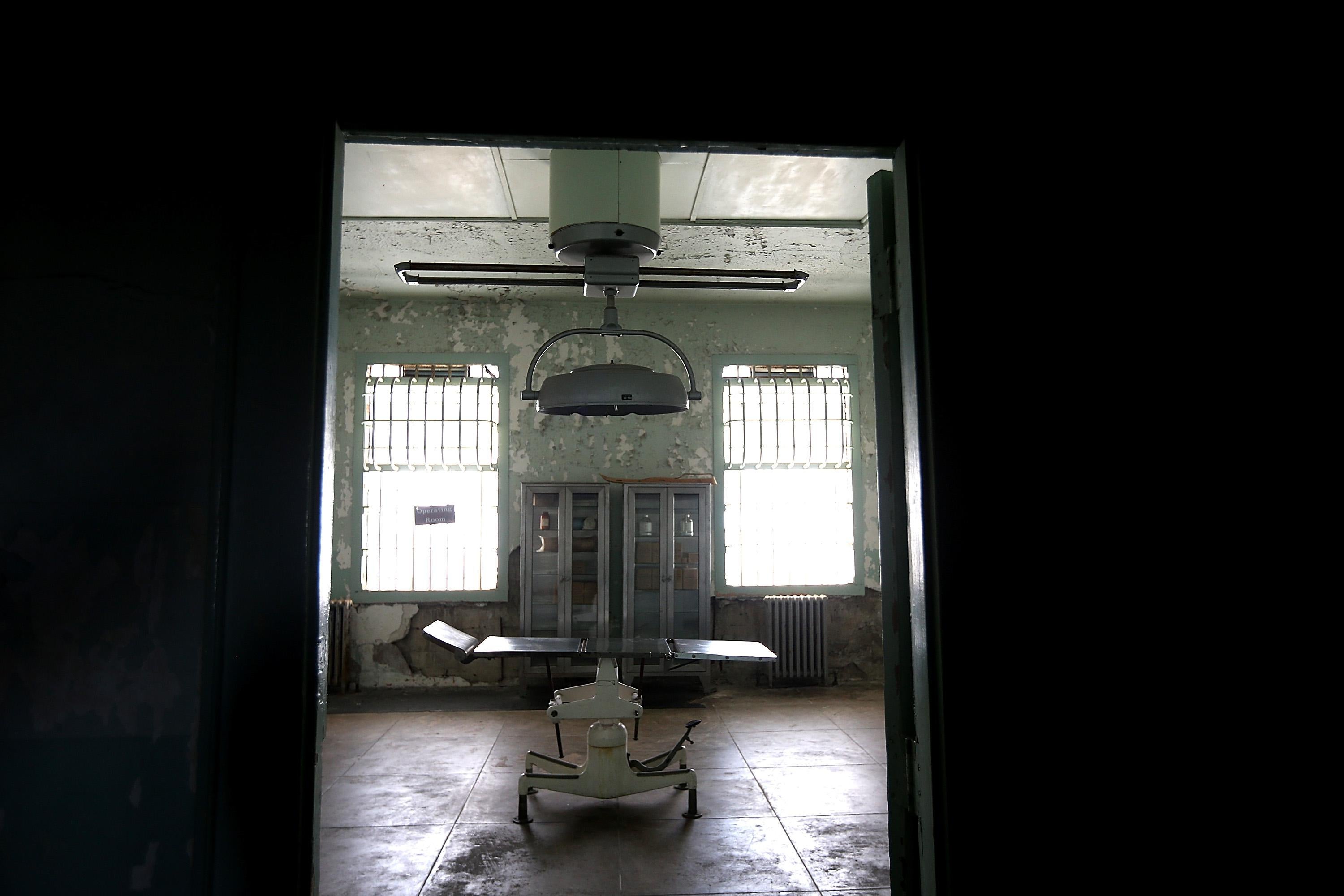Although it never got the kind of coverage that abortion rights did, forced sterilization was another reproductive rights violation that plagued women in the 20th century. The practice gradually disappeared as the concept of reproductive autonomy took hold in our national consciousness. Or we thought it did. But a new report from the Center for Investigative Reporting suggests that as recently as 2010, California prisons were coercing women into permanent sterilization by skipping over protocols put in place to prevent such coercion.
In California, a health care committee is supposed to authorize prisoner tubal litigations in order to prevent abuses, but from 2006 to 2010, 148 women were sterilized by doctors who just skipped that step. CIR says there may be as many as 100 more cases dating back to the 1990s.
CIR interviewed doctors who were involved in sterilizations in California prisons, and comments from these doctors only raise suspicion that they supported a system of bullying and frightening women into agreeing to sterilizations they did not want. Dr. James Heinrich is accused by at least one inmate of badgering her about sterilization until she caved, and his comments about the money spent by the state on these procedures are not very reassuring.
“Over a 10-year period, that isn’t a huge amount of money,” Heinrich said, “compared to what you save in welfare paying for these unwanted children—as they procreated more.”
“Unwanted” by whom? The women themselves or Heinrich? Christina Cordero, who was sterilized by Heinrich, says she wished she hadn’t had the tubal litigation. So perhaps any child she might have conceived would have been wanted.
Another doctor who worked for the California prison system was recorded spouting right-wing urban legends about people who “want” to be in prison for the supposedly great health care.
The top medical manager at Valley State Prison from 2005 to 2008 characterized the surgeries as an empowerment issue for female inmates, providing them the same options as women on the outside. Daun Martin, a licensed psychologist, also claimed that some pregnant women, particularly those on drugs or who were homeless, would commit crimes so they could return to prison for better health care.
“Do I criticize those women for manipulating the system because they’re pregnant? Absolutely not,” Martin, 73, said. “But I don’t think it should happen. And I’d like to find ways to decrease that.”
Any comment that implies that certain kinds of people don’t yearn for freedom should be viewed with suspicion, but especially under the circumstances. After all, as CIR reports, U.S. District Judge Thelton Henderson of the Northern District of California ruled in 2006 that the health care system in the area prisons was so bad it constituted a human rights violation. The claim that women are routinely trading in their freedom and their families just to get access to such a shoddy level of care is pretty hard to swallow.
Incarcerated women deserve to have access to contraception, of course, and plenty of women are interested in long-term solutions. No one denies this, but CIR’s report shows how “access” can turn into “coercion” very quickly when the women in question are marginalized or imprisoned. The frustrating part is that California already has fail-safes to make sure that line is not crossed, but the rules only work if you actually bother to follow them.
